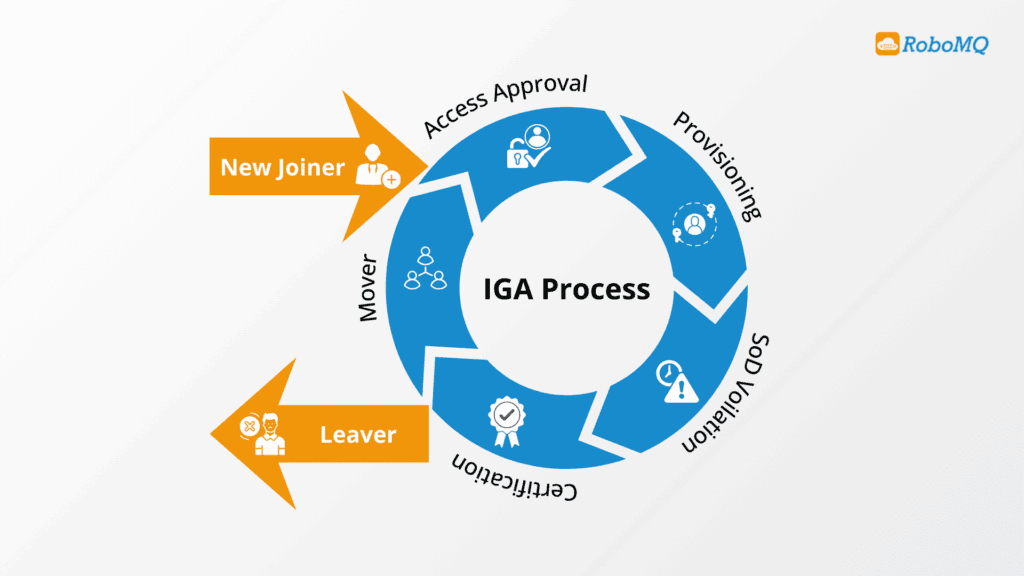More and more companies are realizing the need to automate how people get access to systems. Already, billions are being spent each year on tools that make this easier, and the trend is only growing.
Do you know how many tools and services your company uses every day? Be it Slack, Dropbox, HR tools, cloud services, the list goes on. Now, toss in all the people joining, moving around, or leaving every month. It’s chaos if you’re not careful. Who actually has access to what? Who’s still lurking around with old permissions?
That’s where IGA comes in and comes to the rescue. Basically, it’s a way to make sure everyone has exactly the access they need no more, no less without turning your IT team into exhausted gatekeepers. Security? Check. Compliance? Double check. Less hair-pulling? You bet.
Manual access management? Please. That’s basically inviting mistakes and slowdowns. Automate it, and suddenly everyone’s life gets way easier. HR’s happy, IT’s not drowning in requests, and people can just get to work. RoboMQ’s Hire2Retire does this in the background, so you don’t have to babysit every single permission.
If you strip out the jargon, IGA is all about managing digital identities and their access inside your company. There are two main ingredients:
Think of IAM (Identity and Access Management) as “Who can get in?” and IGA as “Why do they get in, and do they still need to?” As companies get bigger and pile on even more apps, trying to do this by hand just doesn’t cut it. IGA brings order to the chaos.
Let’s face it: the workplace is totally different now. Remote work, cloud everything, and a mountain of new rules to follow every year. Keeping track of access is a nightmare without some help. Here’s why IGA is suddenly on everyone’s radar:
Bottom line: You stay out of trouble, keep things running smooth, and don’t lose sleep over security.

A solid IGA setup usually has these bits:
Put it all together and you’ve got a cleaner, safer, less stressful digital world.
Once you automate IGA? Game changer. Hook up your HR system (like Workday or ADP) to Active Directory or Azure AD, and suddenly things just… work.
Here’s how it goes down:
Automation means less busywork, fewer mistakes, and people always have the right access they need.
Astec Industries (big equipment company) used to struggle with onboarding and offboarding. They brought in RoboMQ’s Hire2Retire and slashed onboarding costs by 76%. Manual screw-ups? Pretty much gone.
Spire Orthopedic Partners (fast-growing healthcare org) had the same headaches. With automation in place, employees start faster, HR and IT finally sync, and data stays locked down.
So yeah, automation isn’t just buzzwords, it actually delivers.
Let’s sum it up:
IT teams spend less time stuck fixing access problems, and more time doing, you know, actual work.
In short? If you’re not automating IGA, you’re just making life harder than it needs to be. And who wants that?